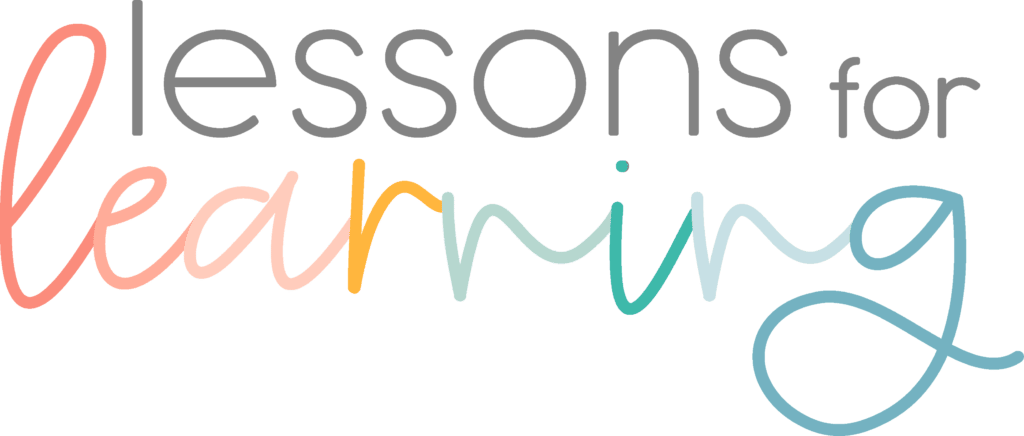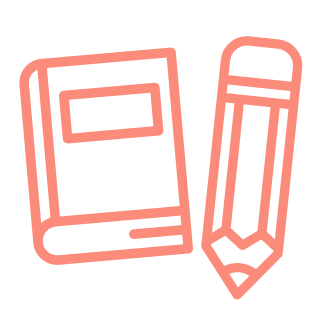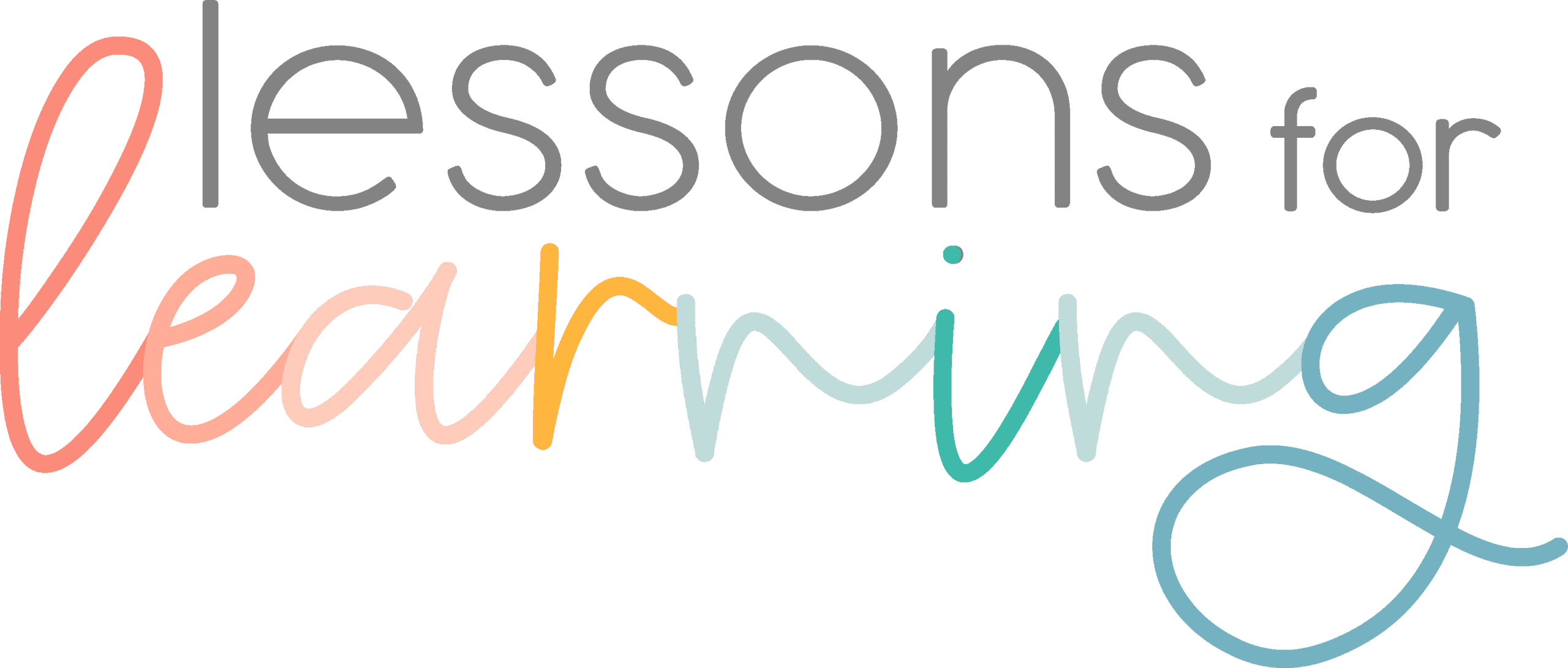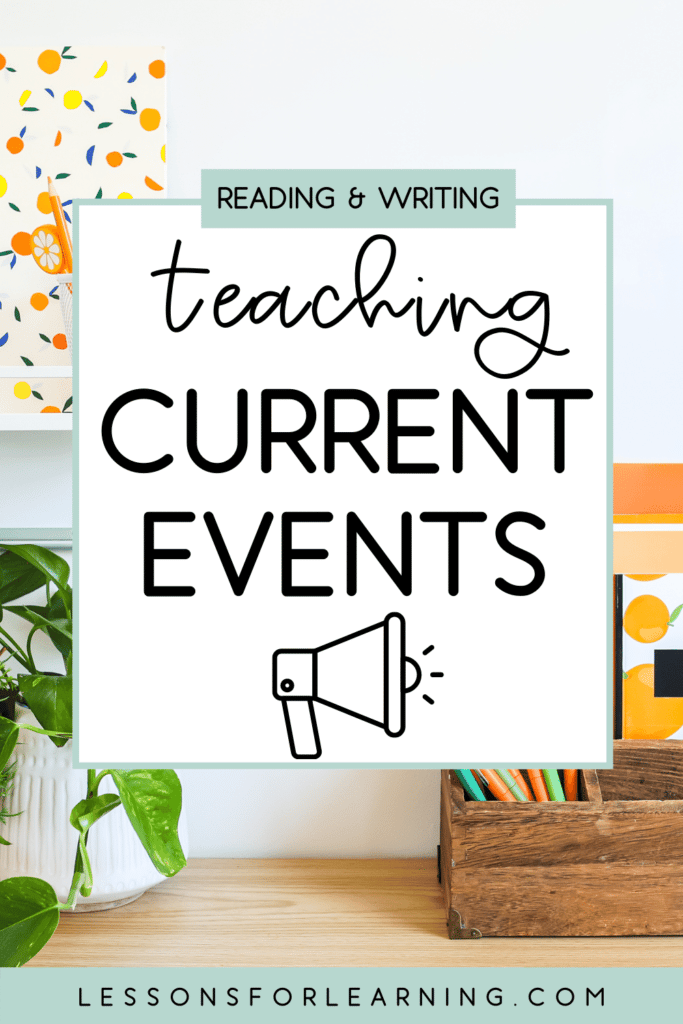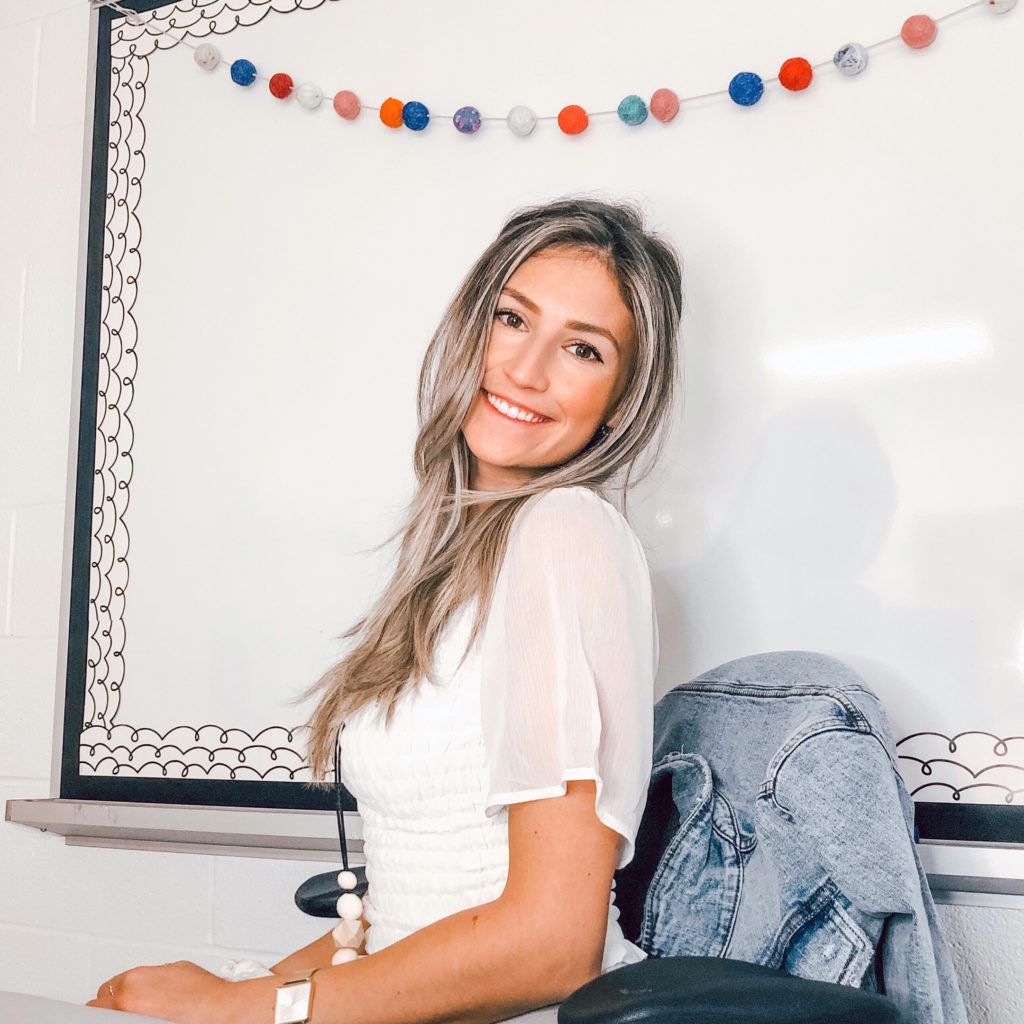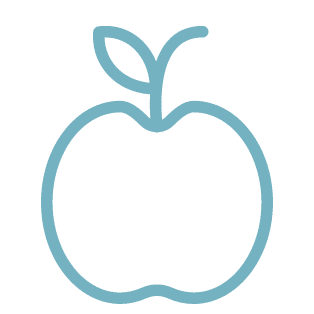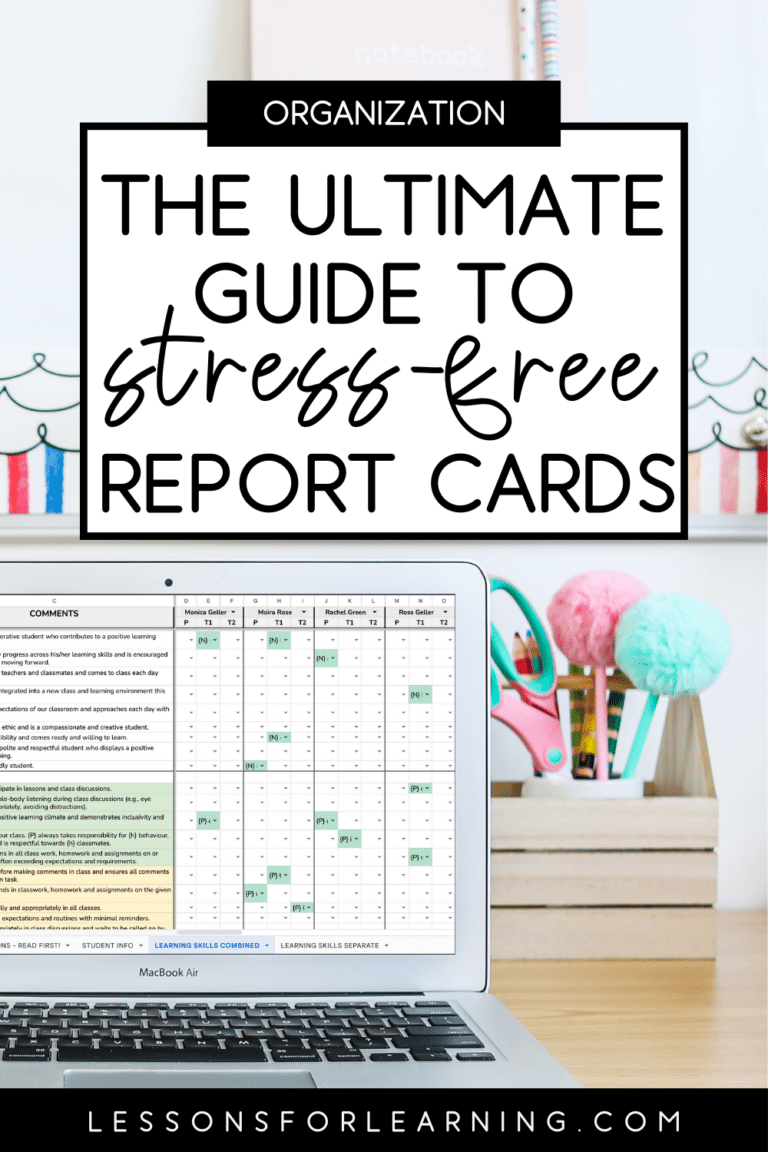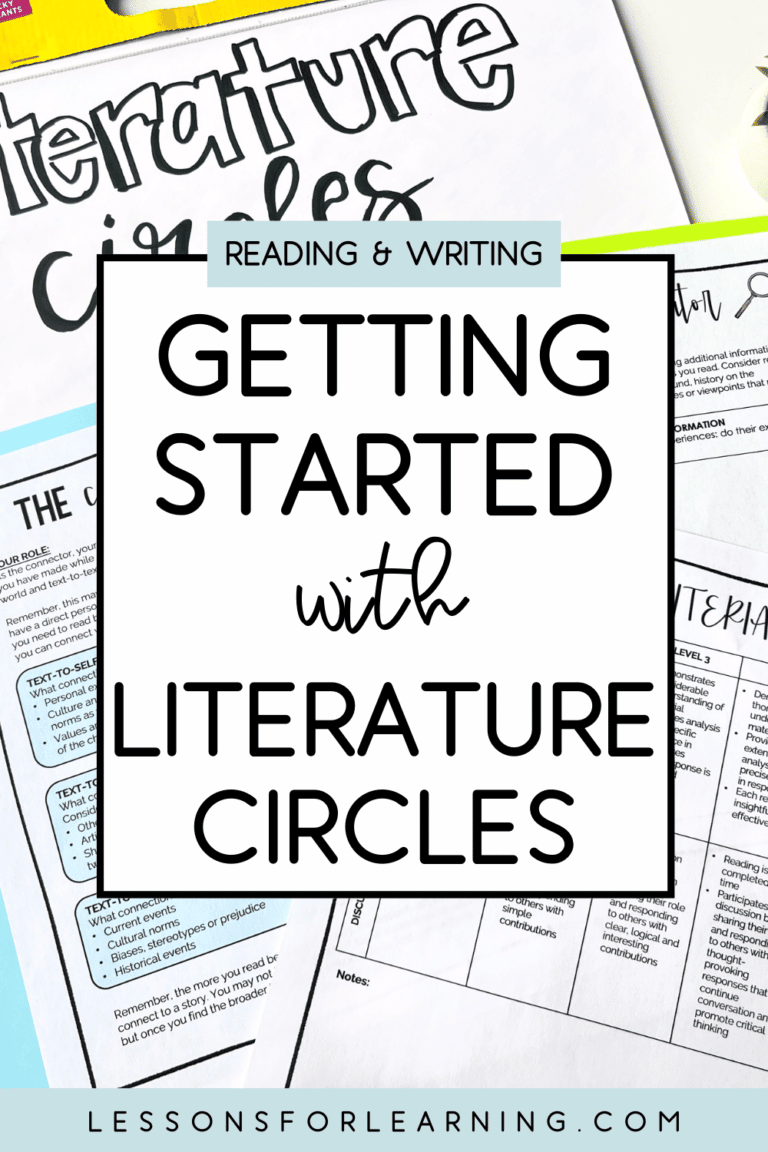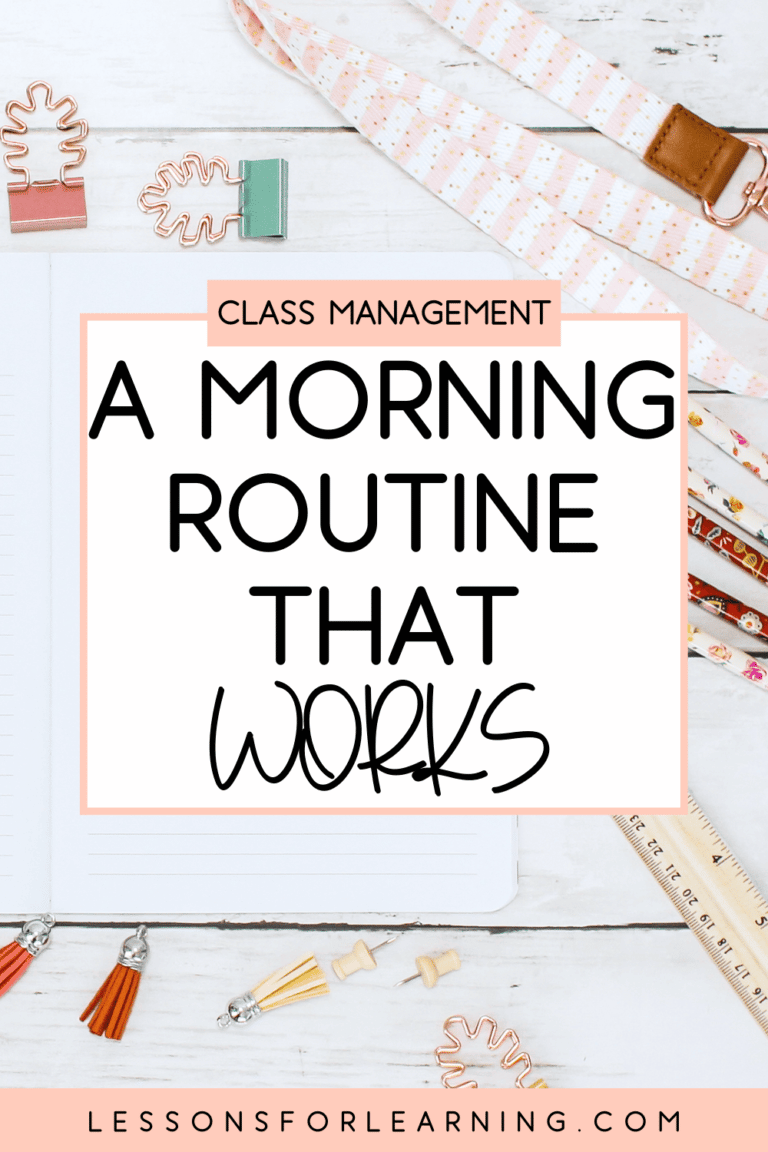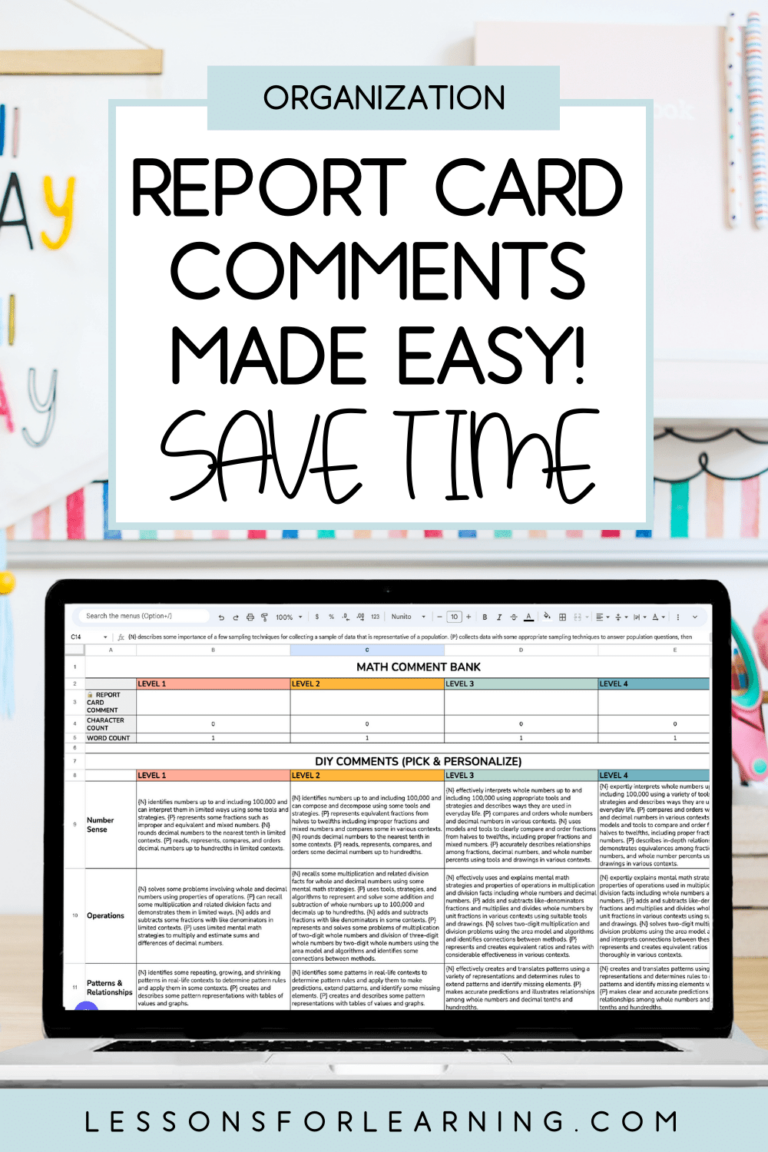I love incorporating current events into my ELA curriculum. Every year, I am surprised by how engaged and motivated my students are with these types of activities. Because, let’s face it… non-fiction reading comprehension can be a little boring if it’s not done right! Teaching current events also supports 21st century learning skills like critical thinking, communication and citizenship.
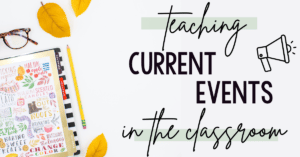
Getting Started
I always like introducing non-fiction texts and current events with a high-interest article. I start by projecting an article on the board and doing a shared reading. During that time, I review non-fiction text features and different comprehension strategies. For example, pause to discuss making predictions, titles, photographs, captions, etc.
You can find a number of unique and interesting articles on websites like News ELA, CBC Kids News, Teaching Kids News and so on. I have also included some of my favourite articles down below to get you started!
After that, have students complete a brief Article of the Week summary. I have a free template for this that you can grab down below! This is a simple activity that will set the stage for the rest of the year. If you have younger students, you can model this after the shared reading. You could also have students complete the first one in partners or small groups.
Once they are familiar with the format, you can have them try it independently with a new article the following day or week.
How Often Should I Teach Current Events in the Classroom?
This is entirely up to you! I make non-fiction comprehension part of our weekly routine. Every Monday, students receive an article to read during Independent Reading time. Throughout the week, they will have time to complete their summary (linked below) and then we take it up on Friday.
Once I have done this for a few weeks, I move on to Seminars which are more collaborative and fun for the students.
Curriculum Connections & Project Ideas
Option 1: Seminars
I run Seminars in a format that is similar to literature circles. Essentially, students are placed in groups and are assigned a different role and a different article each week. The roles all relate to non-fiction text comprehension strategies, as listed below. So, on Monday students receive an article and a role. Throughout the week, they work on it during literacy rotations. On Friday, they meet with their groups and present their role. I typically sit in on 1-2 groups each week and make anecdotal notes on how each student is doing.
The roles I include are: facilitator, interviewer, investigator, connector and photographer.
- Facilitator: responsible for facilitating the conversation and filling out a form on how the group did at the end
- Interviewer: comes up with engaging, higher-order thinking questions for the group to answer/discuss
- Investigator: picks something in the article to research in more depth (could be a different side to an issue or finding more details on what was mentioned)
- Connector: makes connections from the article to his/her/their own life
- Photographer: finds 2-4 photographs that go along with and represent the article (literally & figuratively)
My middle school students absolutely LOVED doing these every week, but you can use this with younger grades as well. If you are interested, check out the resource here because it walks you through everything!
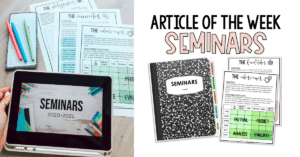
Option 2: Article of the Week Summary
As mentioned before, you can keep things simple and have students fill out quick summary worksheets on articles that they read throughout the year. Sign up below to grab your copy!
Option 3: Create Your Own Article
Once students have been exposed to a variety of articles, you can easily have them create their own news article for a project. This is a great opportunity to include some cross-curricular connections and have students apply all of the non-fiction text features they have learned about to their own piece of writing.
Current Events in the Classroom: Article Ideas
Is Gaming Good for Kids?
Video Games and Mental Health
Music and Emotions
Emotional Health & Social Media
How Long Does it Take to Form a Habit?
Mental Health and the Olympics
Tik Tok and Diversity
Mindset Matters
Olympic Acts of Kindness
If you are currently doing a hybrid or virtual model, check out this blog post on improving independent work in ELA!
